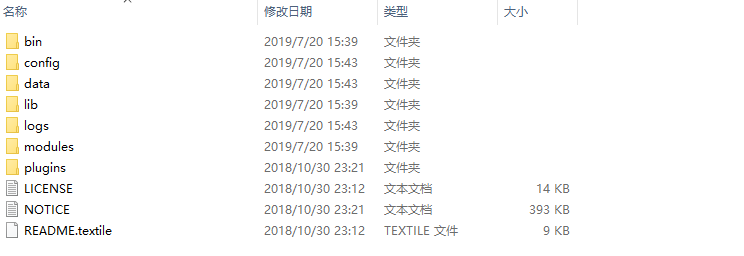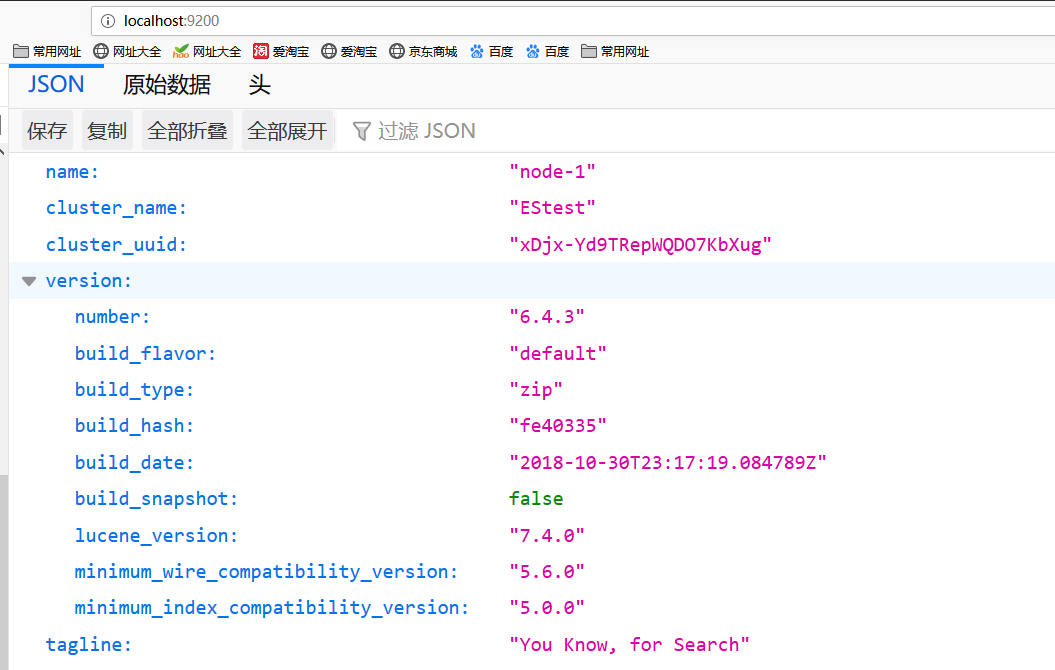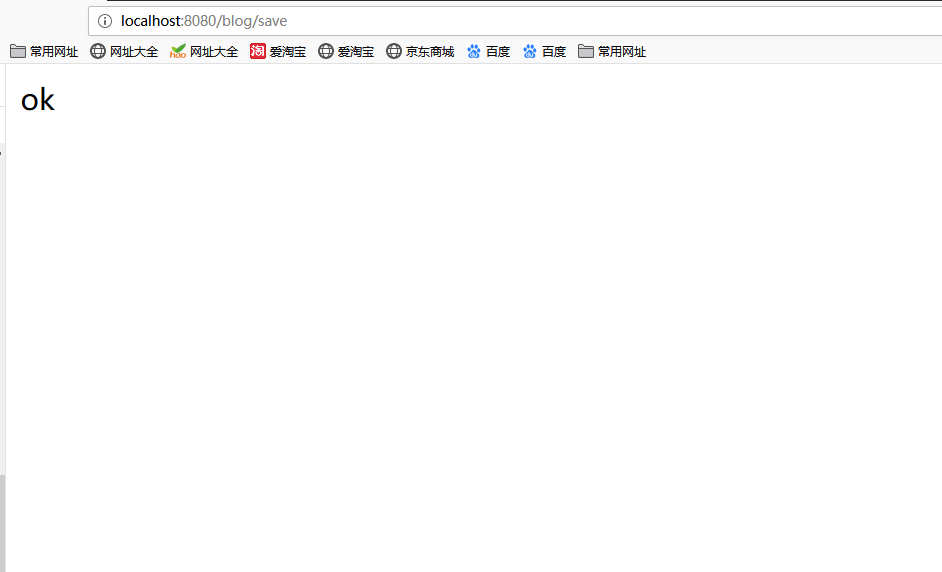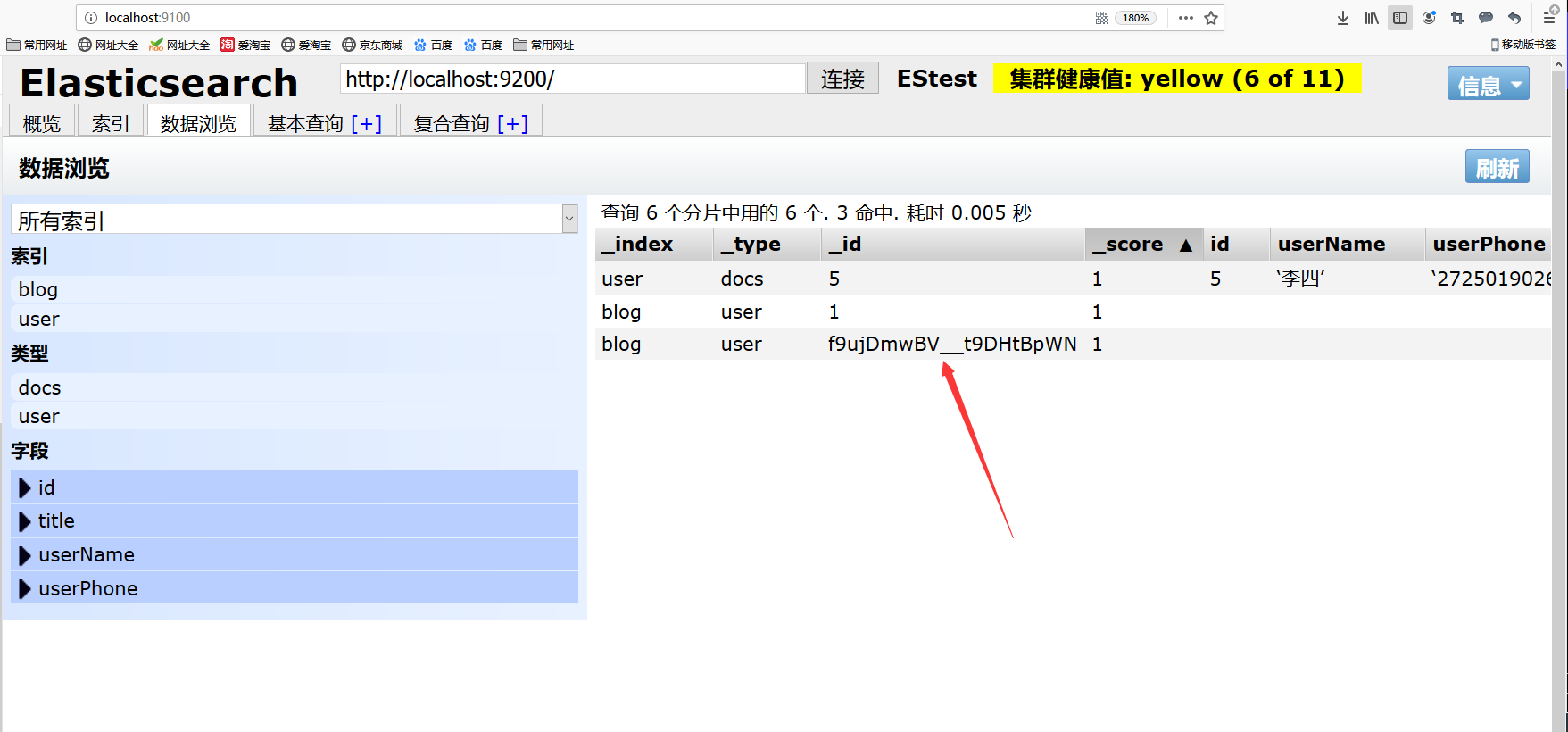您好,登录后才能下订单哦!
这篇文章主要讲解了“springboot2.1.6集成elasticsearch6.4.3如何实现全文搜索”,文中的讲解内容简单清晰,易于学习与理解,下面请大家跟着小编的思路慢慢深入,一起来研究和学习“springboot2.1.6集成elasticsearch6.4.3如何实现全文搜索”吧!
由于项目需要elasticsearch做全文搜索,其基本介绍如下:
简介:ElasticSearch是一个基于Lucene的搜索服务器。它提供了一个分布式多用户能力的全文搜索引擎,基于RESTful web接口。Elasticsearch是用Java开发的,并作为Apache许可条款下的开放源码发布,是当前流行的企业级搜索引擎。设计用于云计算中,能够达到实时搜索,稳定,可靠,快速,安装使用方便。官方客户端在Java、.NET(C#)、PHP、Python、Apache Groovy、Ruby和许多其他语言中都是可用的。根据DB-Engines的排名显示,Elasticsearch是最受欢迎的企业搜索引擎,其次是Apache Solr,也是基于Lucene。
springboot整合elasticsearch常有方式主要有三种:
1.Java API 基于TCP和ES通信,官方已经明确表示在ES 7.0版本中将弃用TransportClient客户端,且在8.0版本中完全移除它,所以不提倡。 2.REST Client 上面的方式1是基于TCP和ES通信的(而且TransPort将来会被抛弃……),官方也给出了基于HTTP的客户端REST Client(推荐使用),官方给出来的REST Client有Java Low Level REST Client和Java Hight Level REST Client两个,前者兼容所有版本的ES,后者是基于前者开发出来的,只暴露了部分API. 3.spring-data-elasticsearch 除了上述方式,Spring也提供了本身基于SpringData实现的一套方案spring-data-elasticsearch
spring-data-elasticsearch集成Es这种方式,封装了比较常见的es操作,和JPA操作数据库一样便捷,只需要继承 ElasticsearchRepository就可以实现常见的es操作了。
public interface UserESRepository extends ElasticsearchRepository<UserBean, Long> {}在测试的过程中,鼓捣了两天多都好无进展,始终报如下错误:
Caused by: org.elasticsearch.client.transport.NoNodeAvailableException: None of the configured nodes are available: [{#transport#-1}{kgdgqCDKRlm9rjdj2B_s8A}{47.89.250.94}{47.89.250.94:9300}]看了很多博客,基本上说是端口和cluster-name 不对应的造成的,可是改了之后还是报错,后来才知道版本不对应造成的。

依赖文件build.gradle:
plugins {
id 'org.springframework.boot' version '2.1.6.RELEASE'
id 'java'
}
apply plugin: 'io.spring.dependency-management'
group = 'com.example'
version = '0.0.1-SNAPSHOT'
sourceCompatibility = '1.8'
repositories {
mavenCentral()
}
dependencies {
implementation 'org.springframework.boot:spring-boot-starter-data-elasticsearch'
implementation 'org.springframework.boot:spring-boot-starter-web'
testImplementation 'org.springframework.boot:spring-boot-starter-test'
}配置文件application.yml:
spring: data: elasticsearch: cluster-name: EStest cluster-nodes: 127.0.0.1:9300 server: port: 8080
到官网:https://www.elastic.co/cn/downloads/past-releases/官网
可以下载历史版本,最新版本为(7.2.0),不建议使用最新的

我使用的版本:
| springboot版本 | Elasticsearch版本 |
|---|---|
| 2.1.6 | 6.4.3 |
下载后文件目录:

进入config文件夹后,修改 elasticsearch.yml :
# ======================== Elasticsearch Configuration ========================= # # NOTE: Elasticsearch comes with reasonable defaults for most settings. # Before you set out to tweak and tune the configuration, make sure you # understand what are you trying to accomplish and the consequences. # # The primary way of configuring a node is via this file. This template lists # the most important settings you may want to configure for a production cluster. # # Please consult the documentation for further information on configuration options: # https://www.elastic.co/guide/en/elasticsearch/reference/index.html # # ---------------------------------- Cluster ----------------------------------- # # Use a descriptive name for your cluster: # cluster.name: EStest # # ------------------------------------ Node ------------------------------------ # # Use a descriptive name for the node: # node.name: node-1 # # Add custom attributes to the node: # #node.attr.rack: r1 # # ----------------------------------- Paths ------------------------------------ # # Path to directory where to store the data (separate multiple locations by comma): # #path.data: /path/to/data # # Path to log files: # #path.logs: /path/to/logs # # ----------------------------------- Memory ----------------------------------- # # Lock the memory on startup: # #bootstrap.memory_lock: true # # Make sure that the heap size is set to about half the memory available # on the system and that the owner of the process is allowed to use this # limit. # # Elasticsearch performs poorly when the system is swapping the memory. # # ---------------------------------- Network ----------------------------------- # # Set the bind address to a specific IP (IPv4 or IPv6): # network.host: 0.0.0.0 # # Set a custom port for HTTP: # http.port: 9200 # # For more information, consult the network module documentation. # # --------------------------------- Discovery ---------------------------------- # # Pass an initial list of hosts to perform discovery when new node is started: # The default list of hosts is ["127.0.0.1", "[::1]"] # #discovery.zen.ping.unicast.hosts: ["host1", "host2"] # # Prevent the "split brain" by configuring the majority of nodes (total number of master-eligible nodes / 2 + 1): # #discovery.zen.minimum_master_nodes: # # For more information, consult the zen discovery module documentation. # # ---------------------------------- Gateway ----------------------------------- # # Block initial recovery after a full cluster restart until N nodes are started: # #gateway.recover_after_nodes: 3 # # For more information, consult the gateway module documentation. # # ---------------------------------- Various ----------------------------------- # # Require explicit names when deleting indices: # #action.destructive_requires_name: true http.cors.enabled: true http.cors.allow-origin: "*" node.master: true node.data: true
提示: 这里的cluster.name: EStest 要与application.yml中的cluster-name: EStest保持一致
启动 elasticsearch 脚本,双击即可启动
在浏览器中输入http://localhost:9200/ ,出现如下就说明启动成功:

<1>创建实体:
package com.example.demo;
import com.fasterxml.jackson.annotation.JsonFormat;
import lombok.Data;
import lombok.experimental.Accessors;
import org.springframework.data.annotation.Id;
import org.springframework.data.elasticsearch.annotations.Document;
import org.springframework.data.elasticsearch.annotations.Field;
import org.springframework.data.elasticsearch.annotations.FieldType;
import java.io.Serializable;
/*
*@Description: Blog实体
*@ClassName: BlogModel
*@Author: zzq
*@Date: 2019/7/19 17:47
*@Version: 1.0
*/
@Data
@Accessors(chain = true)
@Document(indexName = "blog", type = "user")
public class BlogModel implements Serializable {
private static final long serialVersionUID = 1L;
@Id
private Long id;
@Field(type = FieldType.Text, analyzer = "ik_max_word")
private String title;
//@Field(type = FieldType.Date, format = DateFormat.basic_date)
public BlogModel(){
}
public BlogModel(Long id, String title) {
this.id = id;
this.title = title;
}
public Long getId() {
return id;
}
public void setId(Long id) {
this.id = id;
}
public String getTitle() {
return title;
}
public void setTitle(String title) {
this.title = title;
}
@Override
public String toString() {
return "BlogModel{" +
"id='" + id + '\'' +
", title='" + title + '\'' +
'}';
}
}<2> 创建操作数据的Repository
package com.example.demo;
import org.springframework.data.elasticsearch.repository.ElasticsearchRepository;
/*
*@Description: 数据仓库
*@ClassName: BlogRepository
*@Author: zzq
*@Date: 2019/7/19 17:48
*@Version: 1.0
*/
public interface BlogRepository extends ElasticsearchRepository<BlogModel, String> {
}<3>创建controller
package com.example.demo;
import org.springframework.beans.factory.annotation.Autowired;
import org.springframework.stereotype.Repository;
import org.springframework.web.bind.annotation.GetMapping;
import org.springframework.web.bind.annotation.RequestMapping;
import org.springframework.web.bind.annotation.RestController;
import java.util.List;
/*
*@Description: controller
*@ClassName: BlogController
*@Author: zzq
*@Date: 2019/7/19 17:49
*@Version: 1.0
*/
@RestController
@RequestMapping("/blog")
@Repository
public class BlogController {
@Autowired
private BlogRepository blogRepository;
@GetMapping("/save")
public String add() {
BlogModel blogModel = new BlogModel();
blogModel.setTitle("superheros");
blogRepository.save(blogModel);
return "ok";
}
private String title = "";
@GetMapping("/get")
public String get(){
Iterable<BlogModel> list = (List<BlogModel>) blogRepository.findAll();
list.forEach(blogModel -> {
title += blogModel.toString() + "\n";
});
return title;
}
}<4>启动入口
package com.example.demo;
import org.springframework.boot.SpringApplication;
import org.springframework.boot.autoconfigure.SpringBootApplication;
@SpringBootApplication
public class ElasticsearchApplication {
public static void main(String[] args) {
SpringApplication.run(ElasticsearchApplication.class, args);
}
}
查询:
d
感谢各位的阅读,以上就是“springboot2.1.6集成elasticsearch6.4.3如何实现全文搜索”的内容了,经过本文的学习后,相信大家对springboot2.1.6集成elasticsearch6.4.3如何实现全文搜索这一问题有了更深刻的体会,具体使用情况还需要大家实践验证。这里是亿速云,小编将为大家推送更多相关知识点的文章,欢迎关注!
免责声明:本站发布的内容(图片、视频和文字)以原创、转载和分享为主,文章观点不代表本网站立场,如果涉及侵权请联系站长邮箱:is@yisu.com进行举报,并提供相关证据,一经查实,将立刻删除涉嫌侵权内容。